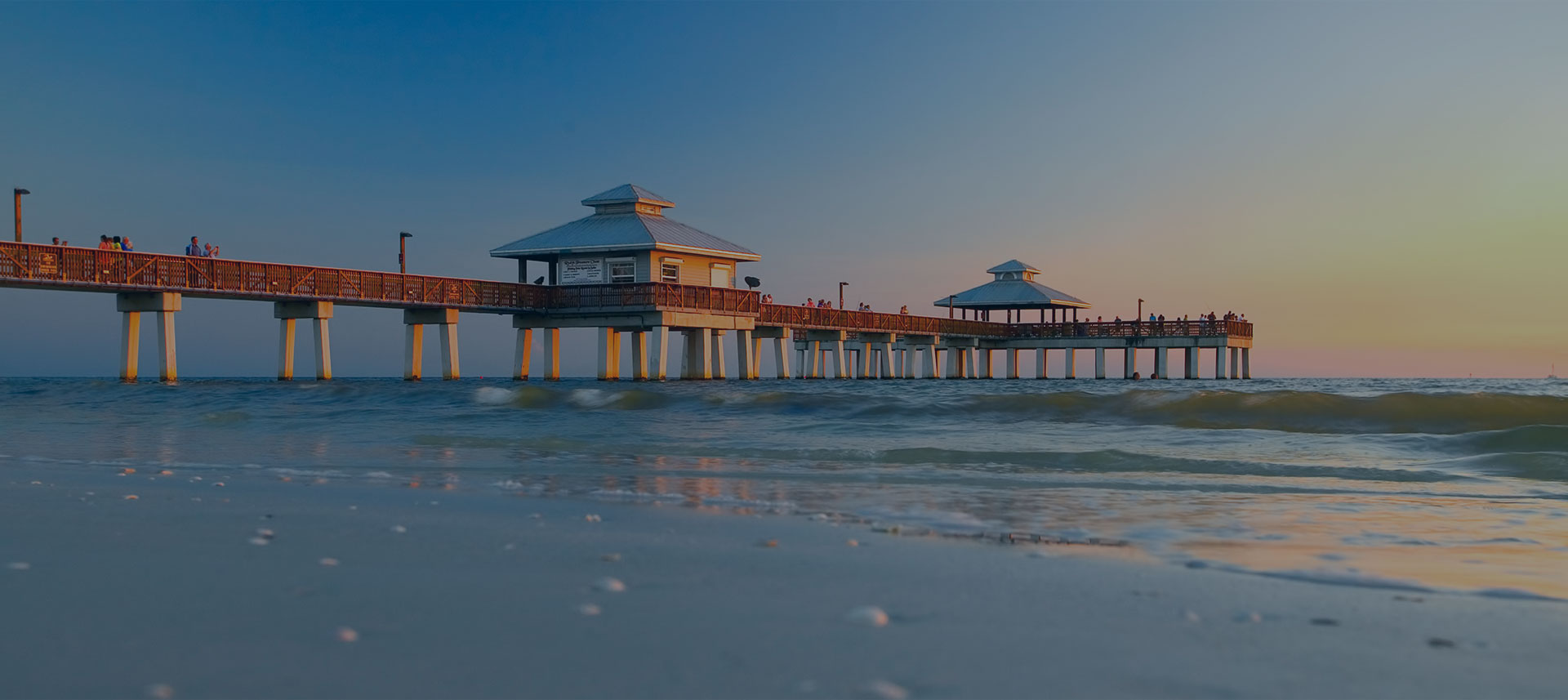
The History of Hurricanes in Cape Coral, Florida
When people think of Cape Coral, Florida, they often imagine a sunny waterfront paradise with more canals than any other city in the world. But Cape Coral has another defining trait: its long and complicated history with hurricanes. Understanding how hurricanes have shaped Cape Coral not only tells the story of the city itself, but also highlights the resilience of the community that calls Cape Coral home.
Early Days and Vulnerability
Cape Coral was founded in 1957, carved out of wetlands and mangroves along the Caloosahatchee River. Long before Cape Coral became a thriving city, the region was already vulnerable to tropical storms. The flat landscape, low elevation, and proximity to the Gulf of Mexico made Cape Coral susceptible to storm surge, heavy rains, and flooding. Developers knew Cape Coral would one day face major hurricanes, but few could predict the intensity of the storms that would eventually arrive.
Hurricane Donna (1960)
Only a few years after Cape Coral’s establishment, Hurricane Donna tore across Southwest Florida in September 1960. Cape Coral, still in its infancy, was rattled by high winds and flooding. While development was sparse at the time, Hurricane Donna set the tone for what Cape Coral residents could expect from hurricane season.
Hurricane Charley (2004)
Fast forward to August 2004, when Hurricane Charley changed the conversation about hurricanes in Cape Coral forever. Charley rapidly intensified before landfall, slamming into Punta Gorda and delivering powerful winds and storm surge across Cape Coral. Homes, businesses, and infrastructure in Cape Coral suffered extensive damage, and the storm left residents with lasting memories of how quickly conditions can shift. Hurricane Charley became a turning point, reminding Cape Coral that preparation is key when living in a hurricane-prone area.
Hurricane Irma (2017)
In September 2017, Hurricane Irma became one of the most significant storms in Cape Coral’s modern history. Originally forecast to track up Florida’s east coast, Irma shifted westward at the last moment, taking aim at Cape Coral and the surrounding region. While Cape Coral avoided the most catastrophic surge, the city endured widespread power outages, downed trees, and flooding throughout neighborhoods. Cape Coral residents often recall Irma as the storm that united the community, with neighbors helping neighbors in the aftermath.
Hurricane Ian (2022)
Then came Hurricane Ian in 2022, one of the most devastating hurricanes in the history of Cape Coral. Making landfall near Cayo Costa, Ian’s massive storm surge and extreme winds left Cape Coral reeling. Entire sections of Cape Coral’s canal-front neighborhoods were underwater, and many residents lost homes and businesses. For Cape Coral, Ian was not just another storm—it was a defining event that reshaped how the city thinks about rebuilding, resiliency, and future hurricane preparedness.
Resilience of Cape Coral
Despite this turbulent history, Cape Coral has always shown incredible resilience. Each hurricane has tested the strength of the community, but each time Cape Coral has rebuilt stronger than before. City planners, homeowners, and local businesses continue to adapt, ensuring Cape Coral is better prepared for the next storm. From elevated construction standards to improved evacuation planning, Cape Coral is learning from the past to protect its future.
Conclusion
The history of hurricanes in Cape Coral is a reminder that living in paradise comes with challenges. Yet, it is also a testament to the enduring spirit of Cape Coral’s residents. Storm after storm, Cape Coral continues to rise, proving that while hurricanes may leave their mark, they cannot shake the determination of the people who proudly call Cape Coral home.
Categories: Blog
